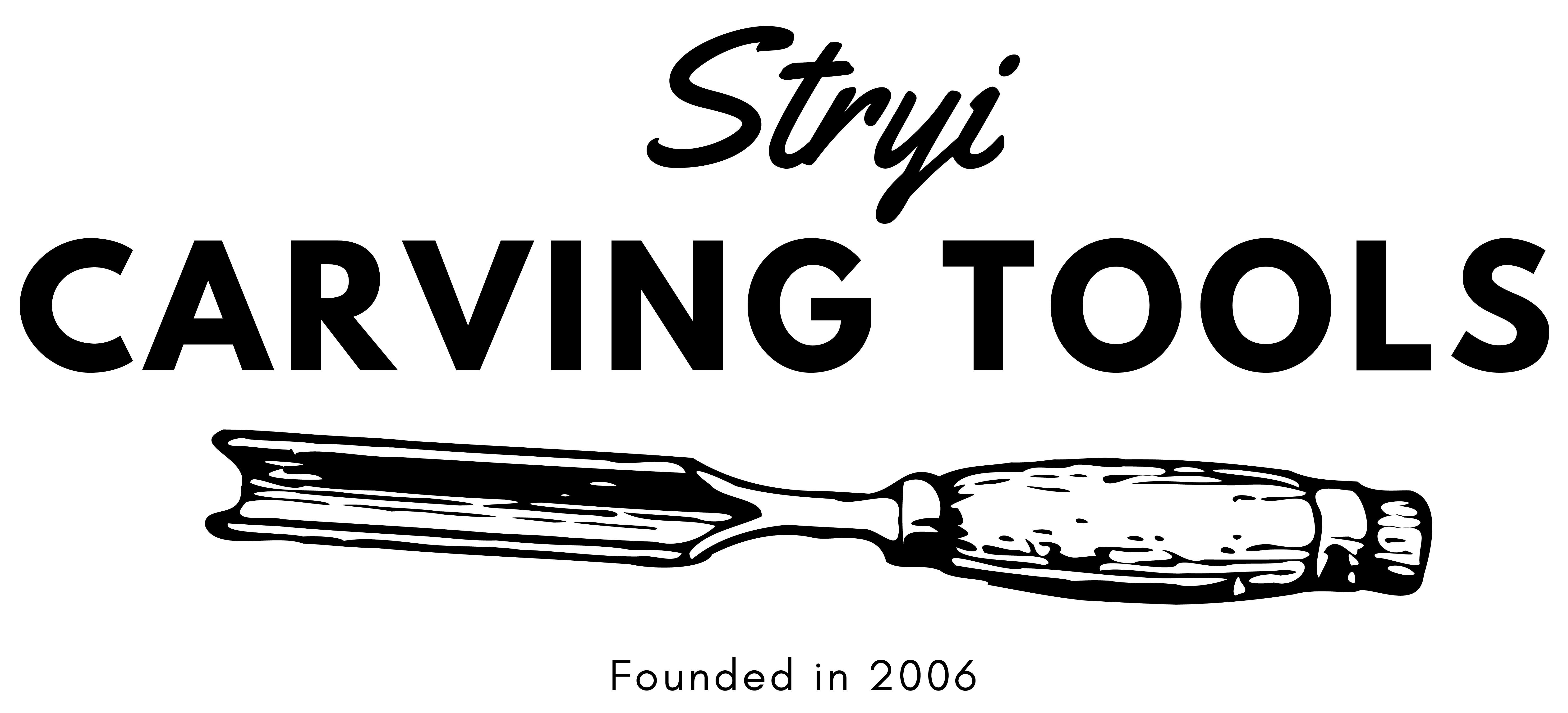The Ultimate Guide to Wood Carving Tools: Choosing the Right Tools for Every Project
Wood carving is one of the most satisfying and rewarding forms of woodworking. Whether you are a complete beginner or an experienced artisan, having the right set of carving tools can make all the difference in your results. In this guide, we’ll explore the essential types of wood carving tools, what they are used for, and how to choose them based on your skill level and carving style.
🪵 Explore top-quality wood carving tools at ShopWoodTools.com
1. Carving Knives: Precision and Control
One of the most basic and essential tools for any carver is the carving knife. These knives are ideal for whittling, detail work, and chip carving. They offer excellent control and are perfect for beginners who are learning basic cuts and shaping.
Popular types:
-
Whittling knives
-
Detail knives
-
Chip carving knives
When selecting a carving knife, look for a comfortable grip and high-carbon steel blades that retain sharpness.

2. Hook Knives: Ideal for Spoon Carving and Hollowing
Hook knives are designed with a curved blade, making them ideal for carving concave shapes like spoons, bowls, and kuksas. They allow you to efficiently remove wood from curved surfaces that straight blades can't reach.
Hook knives come in various curve sizes, and double-edged options are available for left- and right-handed carvers.

3. Gouges: Versatile Carving Power
Gouges are curved chisels used for scooping out wood and creating textures. They come in different sweeps (the curve depth) and widths for different effects.
Main uses:
-
Relief carving
-
Sculptural work
-
Texturing surfaces
For more control on rounded surfaces, palm carving tools offer gouges in a compact format perfect for one-handed use.

4. Bent Gouges: Access Hard-to-Reach Areas
When working on deep relief carvings or tight curves, bent gouges are indispensable. Their curved shanks help reach awkward angles that regular gouges can't access.
You’ll also find bent V-parting tools and bent chisels that follow a similar logic — all tailored for intricate areas in your carving projects.

5. V-Parting Tools: Crisp Cuts and Fine Details
V-parting tools have a V-shaped edge and are used for detailing, outlining, and adding sharp textures to carvings. They’re especially useful for stylized patterns, feathers, fur, or folds in clothes.
Bent versions are great for deep or angled detailing.
6. Woodworking Mallets: Power Without Damage
When working with harder woods or larger tools, a woodworking mallet allows you to deliver controlled force without damaging the chisel handle.
Wooden mallets are quieter and gentler on your tools than metal hammers. Choose a size that suits your strength and carving technique.
7. Sculpture Tools: For Artistic Carving
Advanced carvers who work on three-dimensional art will appreciate specialized sculpture tools, including veiners, fluters, and special shapes. These tools are perfect for adding expressive details to busts, animals, and complex forms.

How to Choose the Right Wood Carving Tools
✅ Skill Level
-
Beginners should start with a carving knife, a straight gouge, and a V-tool.
-
Intermediate carvers can expand into hook knives and bent tools for more versatility.
-
Advanced users will benefit from a full set including palm tools, sculpture tools, and mallets.
✅ Wood Type
-
Softwoods like basswood or butternut are easier for beginners.
-
Hardwoods require sharper tools and more force — mallets and bent tools help here.
✅ Carving Style
-
Whittling: Stick with knives.
-
Spoon carving: Add hook knives.
-
Relief carving: Gouges, V-tools, and chisels.
-
Sculpture: Use a variety of gouges, bent tools, and specialty sculpture tools.
Final Thoughts: Build Your Kit One Tool at a Time
Wood carving is a journey, and your toolkit will grow as your skills do. Start with the basics and invest in quality tools that hold their edge and feel comfortable in your hand.
👉 Browse carving tools and kits at ShopWoodTools.com to find the perfect match for your next project.















